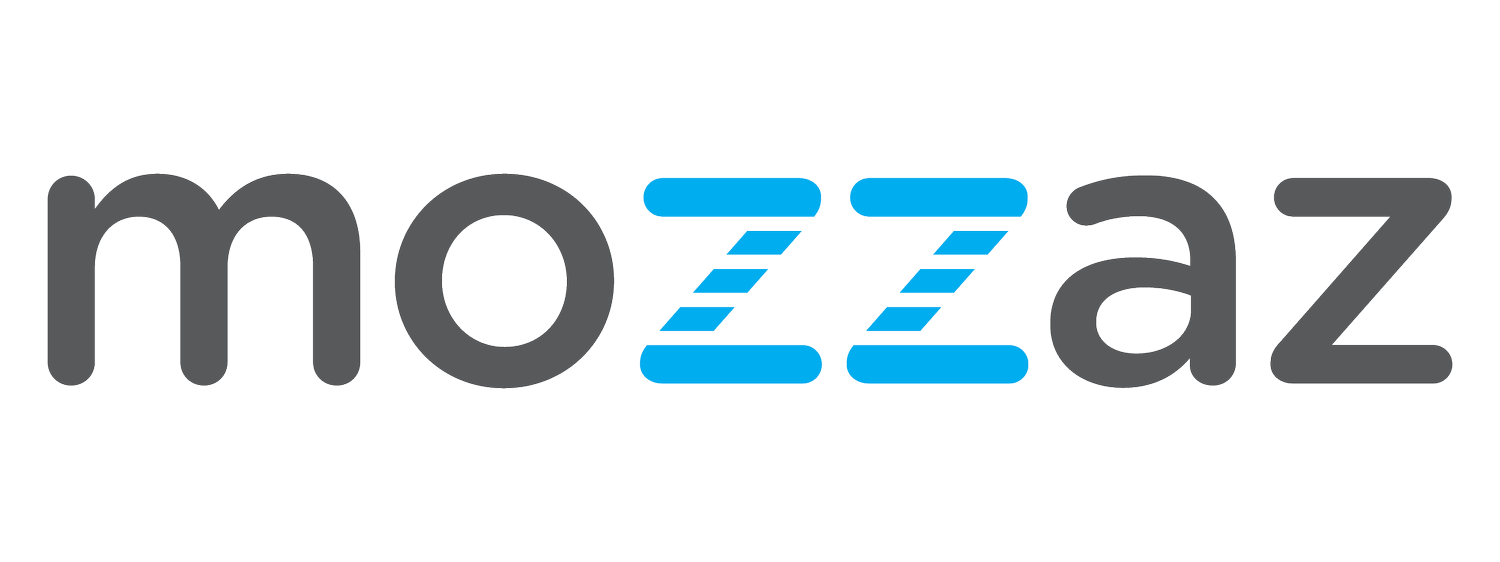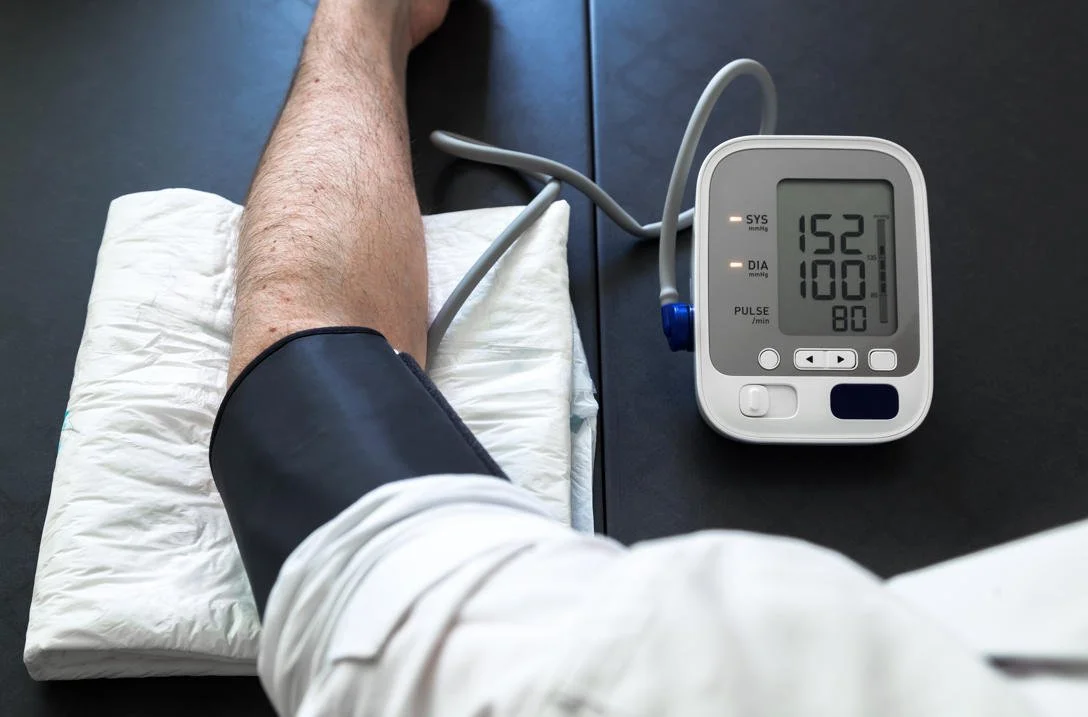How Wearable Devices are Making an Impact in Healthcare
The healthcare industry, understandably, is always interested in new developments that can be used to improve patient quality of life. Recent innovations in technology have found their way into doctor’s toolkits across the industry. One of the latest examples of this phenomenon is the rise of wearable remote patient monitoring devices.
Thanks to miniaturization and wireless communication, there is a plethora of small, unobtrusive equipment that can swiftly deliver a steady stream of vital information to users as well as their physicians. These tools include glucose monitors, blood pressure cuffs, pulse oximeters, heart monitors, pedometers and more.
Even commercially available fitness trackers and smartphones can deliver critical insights for managing health. Wearable remote patient monitoring technologies provide physicians with a treasure trove of details about patients’ conditions that can be used to help manage health between office visits.
Evolution of Wearables & Other Devices in the Healthcare Setting
It isn’t hard to see how wearable sensors for remote health monitoring gained the prominence that they have in the industry today. Originally, any devices used to monitor a patient’s condition were restricted to a clinical environment. Whether it was a doctor’s office or a hospital room, the size and cost of this equipment meant it could only be used in a limited number of circumstances.
That started to change as electronics continued to become smaller, more lightweight and more affordable. However, the true breakthrough came with the advent of the Internet of Things (IoT), which refers to devices that can communicate with one another wirelessly through Bluetooth, cloud servers and other methods.
Benefits of Device-Enabled Healthcare
Wearable patient monitoring opens doors by providing an additional channel for high-quality care. There are a variety of benefits to healthcare organizations leveraging wearable remote patient monitoring including:
More Information: Because these devices are more frequently delivering information about a patient’s condition and vital signs, it becomes much easier for clinicians to spot trends and make more informed decisions. Providers no longer must rely only on data from in-person visits or self-assessments, and these additional insights give a more holistic view of the individual’s condition and how it’s progressing.
Greater Engagement: Healthcare is a two-way street. Patients need to collaborate with their clinicians to achieve the best possible outcomes. Wearable sensors for remote health monitoring empower individuals to participate more in their own care, increase accountability, and allow them to see progress in real time . In short, patients are encouraged to take a more active role in their treatment.
Early Interventions: More frequently monitoring patient data makes it easier to spot red flags that could cause larger, more expensive health issues down the road. For example, a wearable blood pressure monitor allows you to see the precise moment when a patient’s numbers spike. This gives you the opportunity to reach out and intervene before the situation becomes serious enough to warrant a hospital visit.
Chronic Care: Conditions such as hypertension and diabetes can be overwhelming for individuals to manage — especially shortly after a diagnosis. Comprehensive remote patient monitoring programs can be extremely helpful for providing them with an anchor to help them develop healthier behaviors. Information about their blood pressure or glucose levels, education on their conditions, and tips for symptom management give individuals back a sense of control and are very helpful condition management tools.
Looking to the Future: Innovation in the Remote Patient Monitoring Space
Technology rarely stands still; remote patient monitoring is no exception. As the use of connected devices becomes more widespread, wearables are primed to become an integral part of preventive medicine — constantly checking for the early warning signs of disease in people who are at risk and managing progression in those that are already diagnosed.
Leaders in digital technology, Mozzaz understands the potential of remote monitoring devices, and see them as essential to the future of healthcare. To learn more about how Mozzaz’s remote patient monitoring solution could benefit your organization, contact us today.

